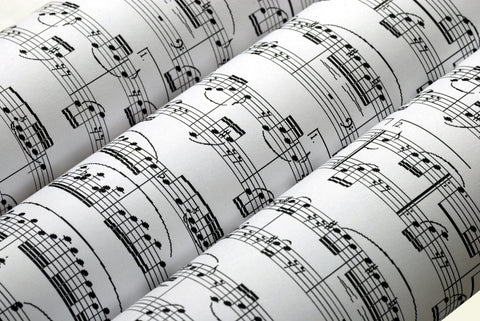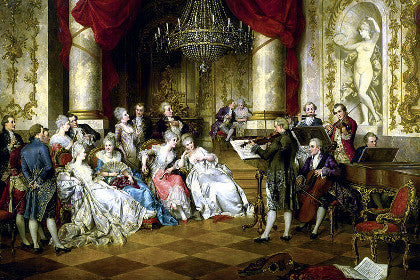
Making music with David Bowie
£9.95
Following his recent death, it’s a good time to take stock of David Bowie’s significance in music and shed some light on his music making. The worldwide reaction following his death confirms his importance as one of the most popular and innovative musicians of recent times. His appeal was to music lovers across a wide musical spectrum. Fans of music from Abba to Zappa all share a love of the music of David Bowie. Much has been written about his lifestyle, stagecraft and visual presentation. The lyrics to his songs have been analysed exhaustively, but strangely little has been written about how he actually went about writing and recording the music for his songs. This resource plays a small part in addressing this omission, by providing students with some insight into his composing methods – which they can adapt and use in their own music making.
This resource explores many of the writing processes that went into one of Bowie’s most important works – the album Low, released in 1977. Prior to the release of Low, Bowie had already explored ways of working innovatively within the rock music framework, but this album was to take his music in a much more radical, experimental direction. Working with co-writer and to some extent mentor Brian Eno, he was able to bring procedures from the musical avant-garde and ways of working with electronic sounds into his music.
A consideration of the processes that went into making this recording can provide a rich resource of valuable ideas for music teachers who want to help their students expand their musical horizons and work with some different approaches to composition. This resource provides a collection of starting points and some useful background information.




